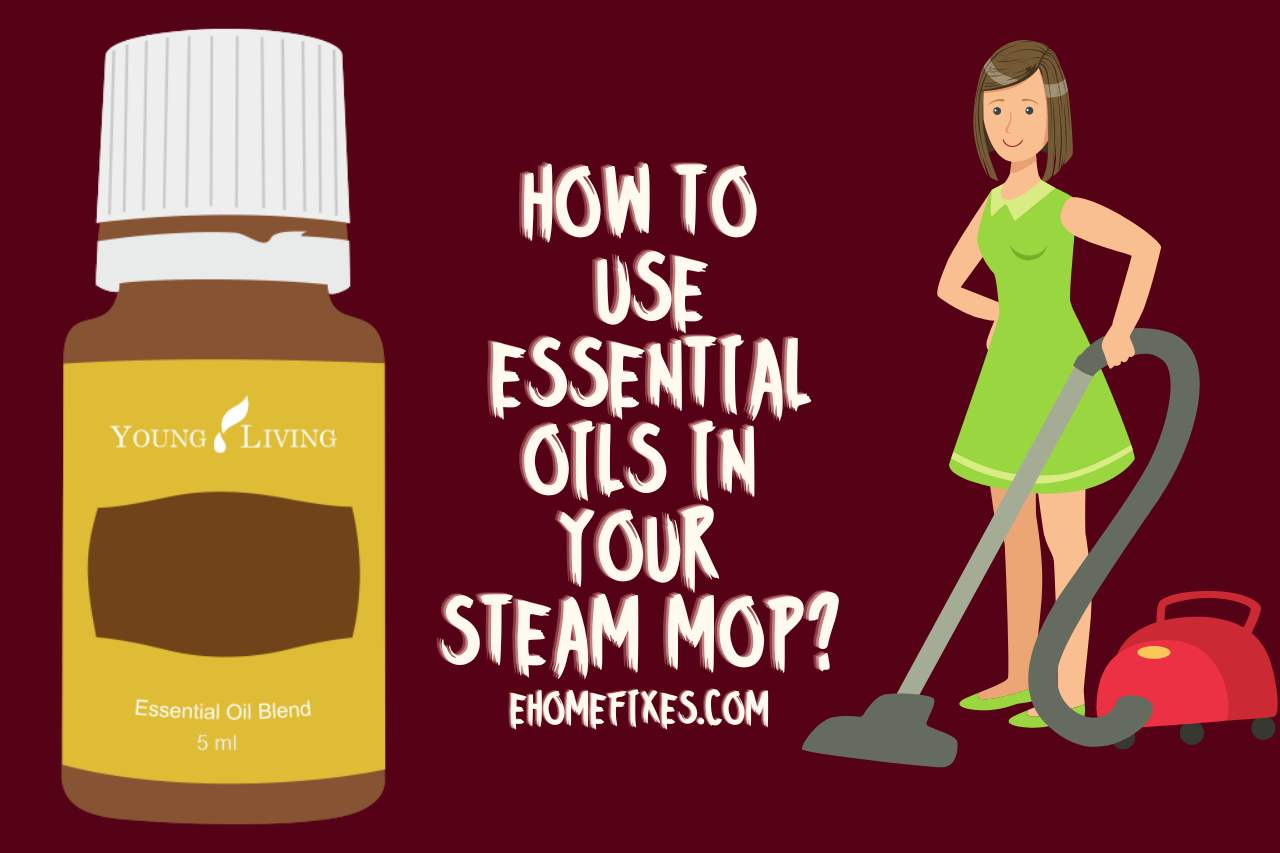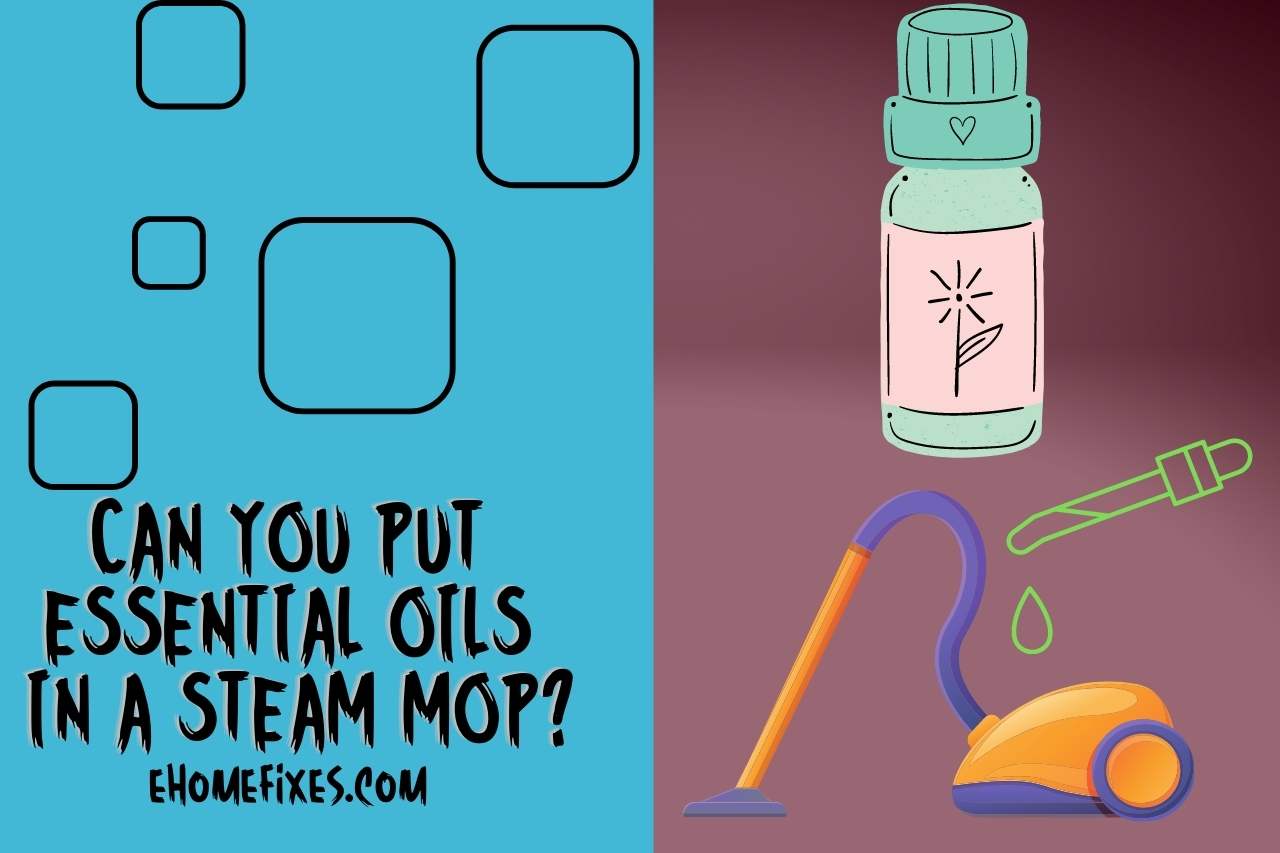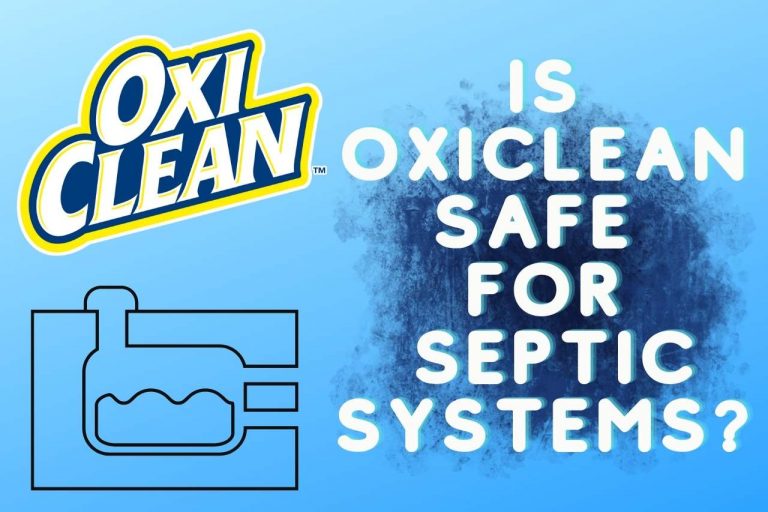Can you Put Essential Oils in a Steam Mop? (Safety Advice)
The steam mop is one of the most effective gadgets in the household chore. However, you need to know how to work with the steam mop as with any other electrical equipment; otherwise, the tool can malfunction. To achieve the best result, you may think to add some other liquids and fragrances, like essential oils, despite the water in the mop. But can you put essential oils in a steam mop? Before you add something heavier than water, like oils, you should know how it affects the function of your steam mop. Indeed, it is not a good practice to put essential oils in your steam mop. Keep reading to know why you should avoid them.
What is a Steam Mop?
As the name indicates, a steam mop is an electrical floor cleaner that uses steam for cleaning. Since it uses hot steam for cleaning, this tool is more effective and faster than other regular mops, which additionally need a bucket of water. And the steam mop can be conveniently handled due to its configuration.
The dirt and stains on the floor can be easily removed with it. Moreover, hot steam can destroy germs and bacteria. So, you no longer need to spend money on germ killers, detergents, bleach etc.
This smart gadget starts working when you pour the water and connect it to the electricity. Then the water in the tank is heated up to 121C. After that, you can clean the floor. The steam which was produced inside the mop passes into the surface. The macrofibre pad of the mop works by absorbing the melted dirt on the floor.
Can you Put Essential Oils in a Steam Mop?
No, it is not a wise idea to put essential oils in your steam mop. Actually, it is not safe because those oils’ consistency is obviously thicker when compared with water. Therefore, the oil drops do not mix with the water.
Instead, they flow on top of the water in the water tank. As a result, the residue of essential oils can stick to the inside surfaces. In addition, some essential oils might contain alcohol. So, if you continue this practice, eventually, the inner parts of the steam mop might be damaged.
On the other hand, you cannot get the expected result from this practice because essential oils have no water-soluble ability. Thus, they are not evaporated into the steam just as water. Instead, they remain inside the machine causing clogs. Gradually, the machine can be discolored with stains as well due to the oil build-ups.
Almost every manufacturer instructs the customers regarding what to put and what not to put in the steam mop. Refer to the user manual to ensure what you can pour into the water tank in the mop. Some of the latest models come with the recommendation to add some vinegar to the steam mop for better cleaning.
However, if you strongly need to add your favorite essential oil to the steam mop, you can add them to the mop pad’s backside. Then it will act as a diffuser spreading the fragrance. But there is a risk of this action as well. The reason why, some materials and fabrics can be ruined by the tartness of essential oils.
Yes, essential oils can fill your interior with a fresh and nice smell, but remember that the steam mop is not the very first equipment you should use for that.
How to Use Essential Oils in your Steam Mop?
- First, choose a good essential oil which has not too strong smell because the smell can last a few hours inside your home. If the scent is harsh, you and your pets might face difficulties in breathing. Essential oils such as citrus, lavender, chamomile, and eucalyptus are some of our recommendations. The citrus essential oil also helps to eliminate any grease on the floor.
- Secondly, put 5 to 6 drops of oil on the mop pad’s backside before you start to mop. But make sure not to add too much oil since a small amount of any essential oil is enough for a long-lasting result. It would be best to use a well-cleaned mop pad to absorb the scent better.
- Now you can mop the floor as usual. When the mop is running on the floor, the mop pad can absorb the dirt; at the same time, it will leave the scent of your essential oil.

In case the scent is too strong inside the house, open all the windows immediately to come in the fresh air; it will balance the smell inside.
How Can I Use Essential Oils to Clean the Floor?
You can make your own homemade floor cleaner with essential oils. It has a lot more advantages than you guess. Essential oils are the ultimate pure extracts from plants and fruits, so undoubtedly, they are non-toxic.
An adequate amount of essential oil will not harm your interior at all. And essential oils can help to get rid of dirt on the floor while preventing harmful bacteria. At the same time, essential oils help to prevent odors inside. Instead, the pure scent of the oil will spread in the atmosphere.
The most suitable essential oil for cleaning is lemon oil since it contains citric acid, which is also a germ killer. Some other essential oils you can use are peppermint oil, tea tree oil, lavender oil, etc. You can combine two essential oils if you like.
- To make the floor cleaner, pour 3 cups of water into a bucket. Then add one cup of vinegar and 15 to 20 drops of your essential oil. Stir all the liquids well.
- Next, use a vacuum cleaner to remove the dirt. Or else you can sweep the floor.
- After that, take your regular mop or some old rag and soak it in the bucket.
- After squeezing excessive water, you can mop the floor thoroughly.
Conclusion
It is not safe to put essential oils and some other kinds of heavy liquids in the water tank of steam mops since the build-ups can damage or clog the machine gradually. But the backside of the mop pad can be used to put a few drops of essential oils before starting moping. Anyways, you can make a homemade floor cleaner with essential oils as described above.
Just look at this video,
Video Credits – Chieko Fincher
Continue Exploring: More Articles to Keep You Engaged:







